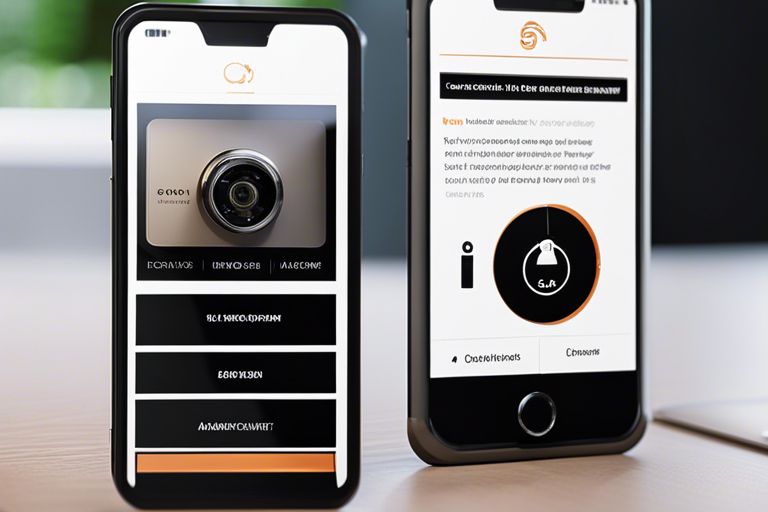In today’s digital age, where our personal information is stored and shared online, the threat of identity theft has become more prevalent than ever before. With advancements in technology and the increasing sophistication of cybercriminals, it is crucial to understand the future of identity theft and how we can protect ourselves.
One of the emerging trends in identity theft is the use of artificial intelligence (AI) and machine learning. Cybercriminals are leveraging these technologies to automate attacks and exploit vulnerabilities in our online presence. AI-powered bots can scan social media profiles, emails, and other digital footprints to gather personal information that can be used for fraudulent activities.
Another concerning development is the rise of deepfake technology. Deepfakes are manipulated videos or images that appear to be real but are actually fabricated. These can be used to create fake identities or deceive individuals into sharing sensitive information. As deepfake technology becomes more sophisticated, it will become increasingly difficult to distinguish between genuine and fake identities.
Biometric data, such as fingerprints and facial recognition, is also at risk of being compromised. As more organizations adopt biometric authentication systems, cybercriminals will target these systems to gain unauthorized access. The theft of biometric data poses a significant threat as it is nearly impossible to change or reset biometric identifiers once they are compromised.
The Internet of Things (IoT) is another area where identity theft is expected to increase. As we connect more devices to the internet, such as smart home appliances and wearable devices, our personal information becomes more vulnerable. Cybercriminals can exploit weak security measures in IoT devices to gain access to personal data and use it for fraudulent purposes.
So, how can we protect ourselves from the future of identity theft? First and foremost, it is essential to stay informed about the latest threats and security measures. Regularly update your devices and software to ensure they have the latest security patches. Be cautious about sharing personal information online and limit the amount of information you disclose on social media.
Using strong, unique passwords for each online account is crucial. Consider using a password manager to securely store and generate complex passwords. Enable two-factor authentication whenever possible to add an extra layer of security.
When it comes to biometric data, choose reputable organizations that prioritize data security. Understand how your biometric data will be stored and protected. If you suspect your biometric data has been compromised, report it immediately to the relevant authorities.
Lastly, be mindful of the information you share on IoT devices. Change default passwords and update firmware regularly. Disable unnecessary features that may expose your personal information.
The future of identity theft may seem daunting, but by adopting proactive measures and staying vigilant, we can protect ourselves from falling victim to cybercriminals. Stay informed, stay secure!






